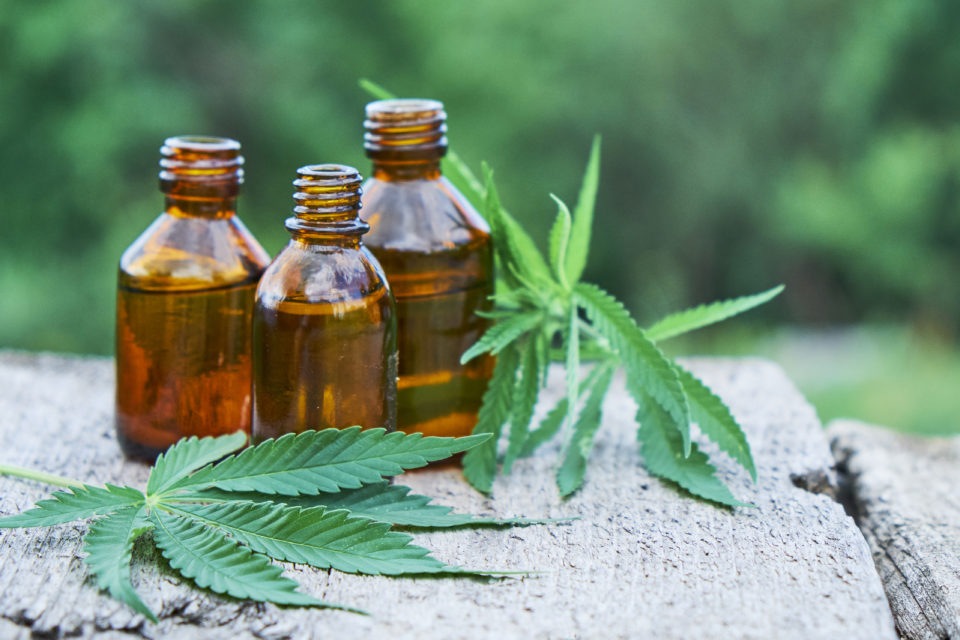There are a lot of people suffering from chronic pain in America. Most of them can benefit from pain medications, but they often have unpleasant side effects or can worsen your overall well being. Unlike traditional treatments, medical marijuana is safer and can offer great pain-alleviating properties. But most people avoid this treatment method because of their lack of knowledge about it.
Below are 8 frequently asked questions about medical marijuana chronic pain treatment and answers for them.
1. Is marijuana treatment well studied?
There is a wide variety of researches that confirm the benefits of MMJ treatment for chronic pain. It can benefit people with various painful conditions like glaucoma, convulsive disorders, cholera, rheumatism, and more. The right dosage can improve pain and improve the quality of a patient’s life significantly.
2. What is the difference between hemp and marijuana?
Both cannabis and hemp contain CBD, THC, and many other chemical compounds. The main difference between them is the amounts of CBD and THC. THC is a psychoactive compound that is responsible for the “high” effect. CBD is another compound that doesn’t have psychoactive properties. This compound is responsible for most health benefits of marijuana. Medical marijuana often has higher doses of CBD thus, it treats but doesn’t cause the “high” effect.
3. How is hemp used?
Hemp is the same cannabis that was bred with other plants to provide fiber. Hemp is used in the production of goods like fabrics, paper, rope, and other products. Many clothing manufacturers use it as an environmental-friendly alternative to other fabrics. The seeds of hemp can be compressed to produce biodiesel fuel.
4. Is it necessary to smoke marijuana?
While smoking medical marijuana works faster, it isn’t necessary to smoke it. Vaporizing marijuana may provide you with the same pain-relieving properties without the by-products of smoke. You may also reap the benefits of edible marijuana products or use topical remedies to ease muscle and joint pain. There are also a lot of tinctures or elixirs with a concentrated marijuana extract that can be placed under the tongue.
5. What is the difference between synthetic cannabinoids and natural ones?
Synthetic and natural CBDs have similar chemical compositions, but thinking that they are identical is misleading. Synthetic CBD isn’t a legal or safer alternative to natural ones. Properly speaking, synthetic may affect your brain even more. The effect of synthetic CBD is often unpredictable and may cause life-threatening side effects.
6. What are the medical abilities of CBD?
There are numerous conditions that can be treated with CBD. The CDC approves it to treat both physical and mental health issues. It can benefit people with conditions like anxiety, post-traumatic syndrome, inflammatory issues, bipolar disorder, schizophrenia, multiple sclerosis, Parkinson's disease, and many others. The use of CBD for health conditions treatment doesn’t affect vital functions like digestion, psychomotor or psychological functions.
7. Does MMJ treatment pose a health risk?
Just like over-the-counter medications and other treatment remedies, medical marijuana has certain risks. It may cause issues with sperm production, low blood pressure, fast heartbeat, or poor coordination. If medical marijuana is used during the teenage years, it can decrease IQ or worsen mental function.
8. Which states allow the use of medical marijuana?
As for 2020, 47 of the 50 states allow for some form of medical weed. Some states allow the use of only specific CBD products like oil for the treatment of a limited number of conditions. If you are considering CBD treatment, it is important to study the laws of your state and get a consultation in a pain management clinic, because not all states approve it for the treatment of chronic pain.






Comments